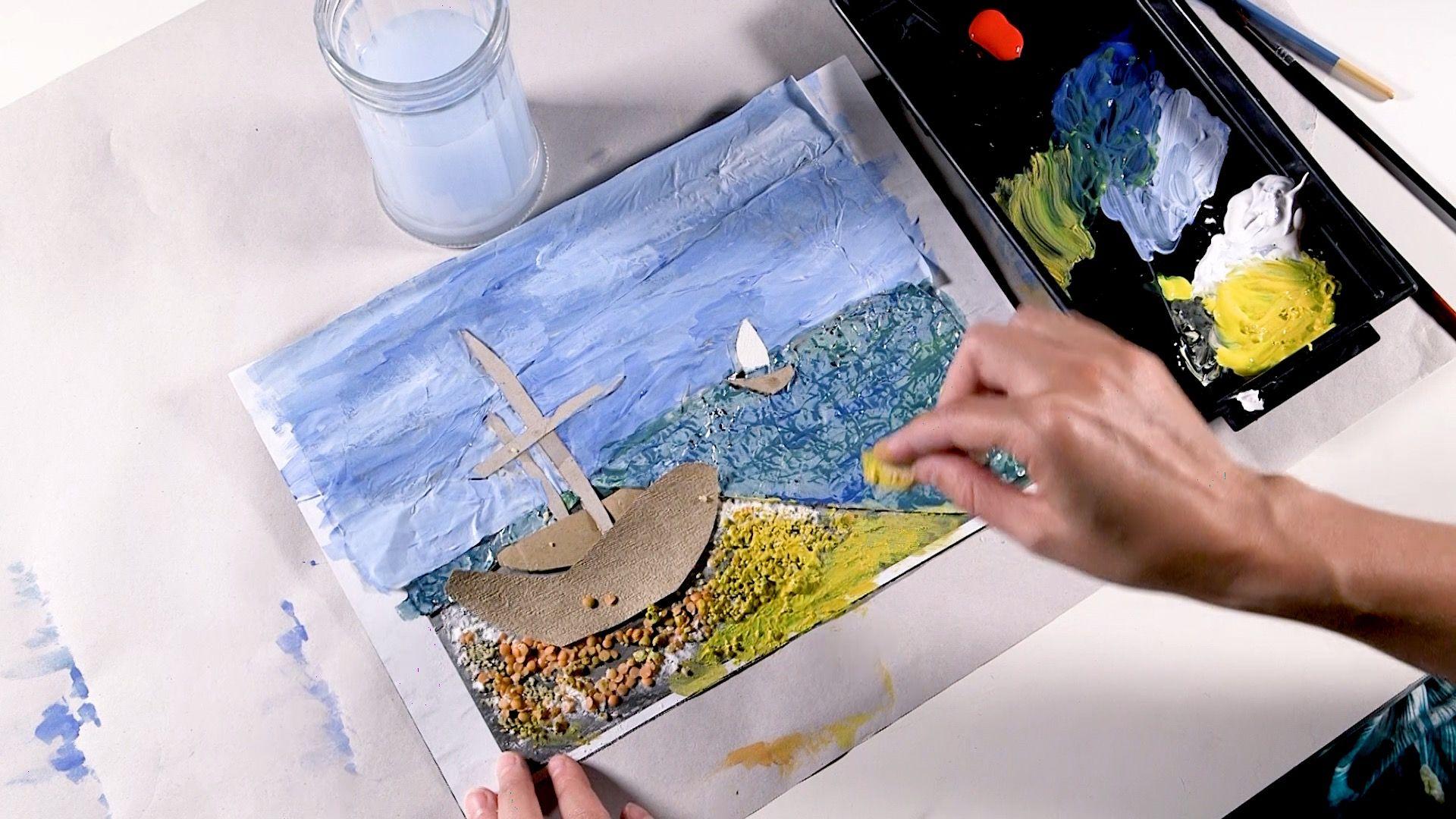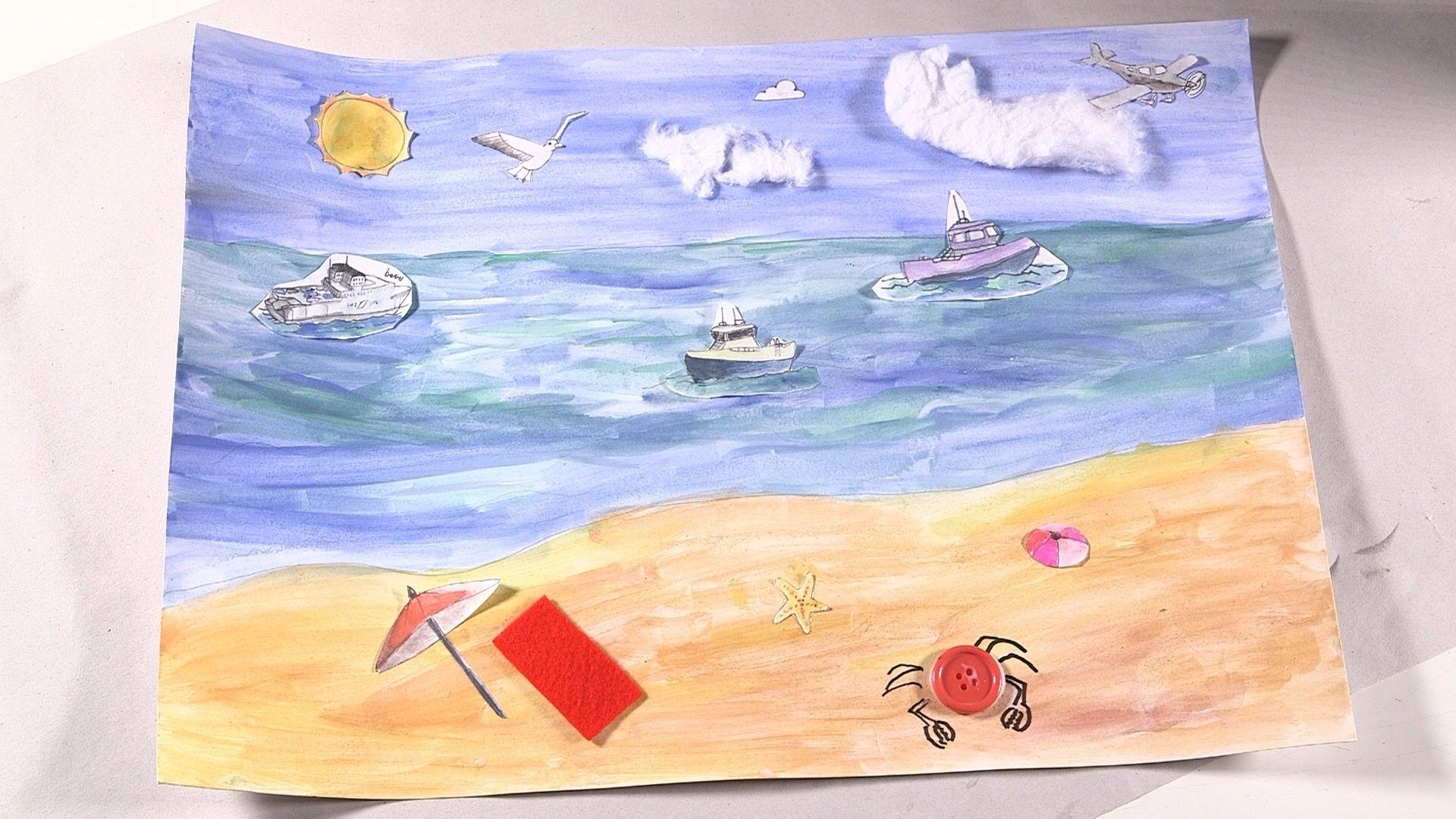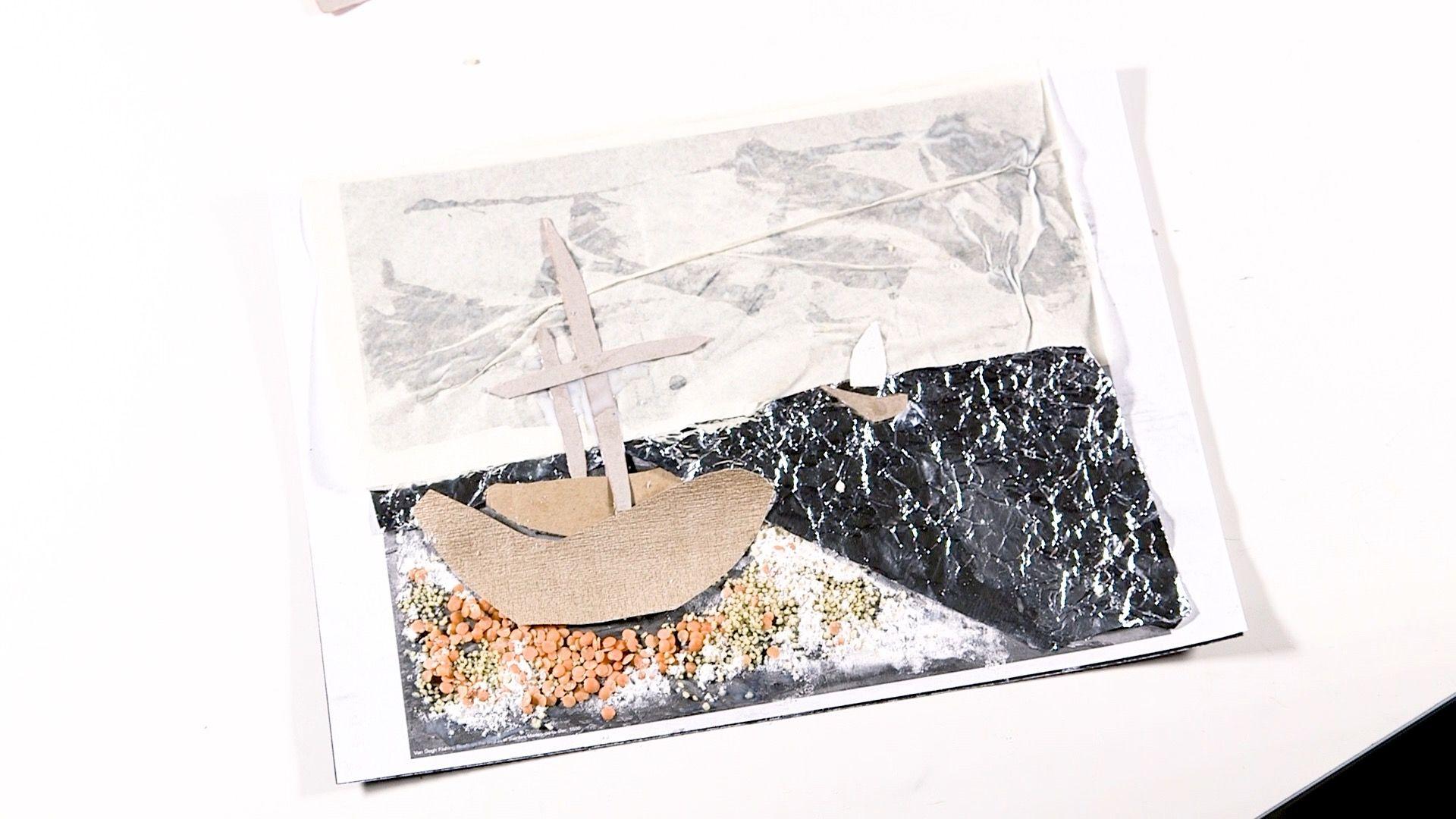Learning intention
- To paint using different shades.
Success criteria
- I can create different shades.
- I can use shades to
This content is for subscribers only. Join for access today.
Cambridge Primary Art & Design (0067) Learning objectives
Experiencing
E.01 Encounter, sense, experiment with
This content is for subscribers only. Join for access today.
Before the lesson
This content is for subscribers only. Join for access today.
Lesson plan
Recap and recall
Show the Presentation: Textures.
This content is for subscribers only. Join for access today.
Extended-mode explainer videos
How to extend your display to view the lesson page and preseantion mode simultaneously. Choose your operating system below to watch the video
If you need further support with extending your display,
please contact [email protected].
Differentiation
Learners needing support:
- Could be guided when they are mixing paints to make different shades, suggesting they add a little more of a colour.
- Should paint in long strokes across the page.
Learners working at a stretch:
- Should control the amount of colour and water they use to paint waves.
This content is for subscribers only. Join for access today.
Assessing progress and understanding
Learners with secure understanding can:
- Show a controlled use of paint and water
This content is for subscribers only. Join for access today.
Vocabulary definitions
-
shade
A light or dark version of a colour.
-
stroke
A mark made with a brush.
This content is for subscribers only. Join for access today.
In this unit
Lesson 1: Composition
Lesson 2: Beach textures
Lesson 3: Shades and colours of the sea
Lesson 4: Painting over texture
Lesson 5: Beach collage





